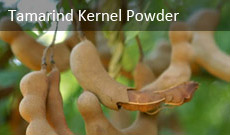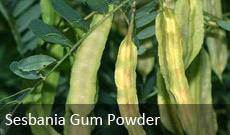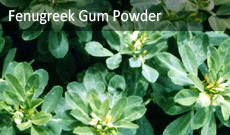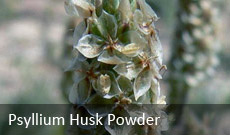Things You Need to Know About Printing Thickeners
Disperse printing thickeners are made of thick paste that is either synthetic or natural and they have the natural ability to absorb water to make localized printing. 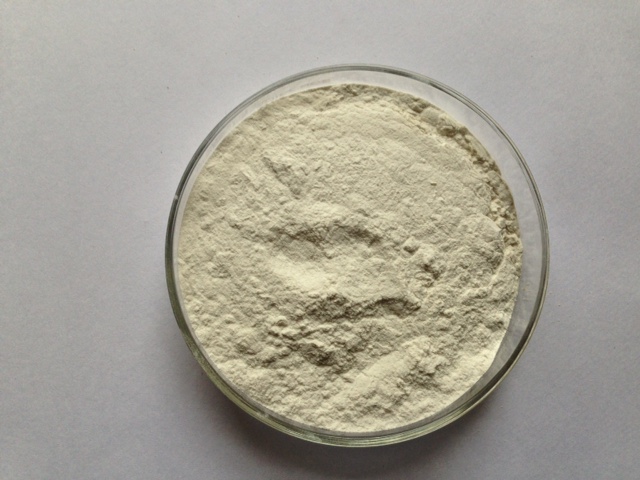 They are made of guar powder, or carboxy methyl tamarind that is sticky for easy application on the textile surface without showing signs of bleeding or bulging. The cloth should be free from saline solution to avoid flushing which will diminish the viscosity of the gum that eventually results to surface damage. The pastes are the result of weighing out which melts the colorants and chemicals and then mixing them with the prepared thickening agent.
They are made of guar powder, or carboxy methyl tamarind that is sticky for easy application on the textile surface without showing signs of bleeding or bulging. The cloth should be free from saline solution to avoid flushing which will diminish the viscosity of the gum that eventually results to surface damage. The pastes are the result of weighing out which melts the colorants and chemicals and then mixing them with the prepared thickening agent.
Uses of Printing Thickeners in Textile Industry
Guar gum printing thickener is an important component in textile industry because of a number of uses. Guar gum for textile printing aids in direct painting on wool, nylon and silk. They are also use in printing dyes on cotton fabric, carpet printing, acrylic blanket printing, burn out printing and vat discharge. As color enhancers, the gum in printing gives life to print by giving color value to disperse dyes. Gums blend well with disperse dyes in the printing of polyester and similar fabric.
Properties of Textile Printing Thickeners
Outlining the design – The hydrocolloid is used by printers to guide the design so that it does not bleed or extend to its borders.
Prevents chemical reactions- Guar gum for printing has the ability to stop premature chemical reactions in the printing process.
Textile Printing Thickeners
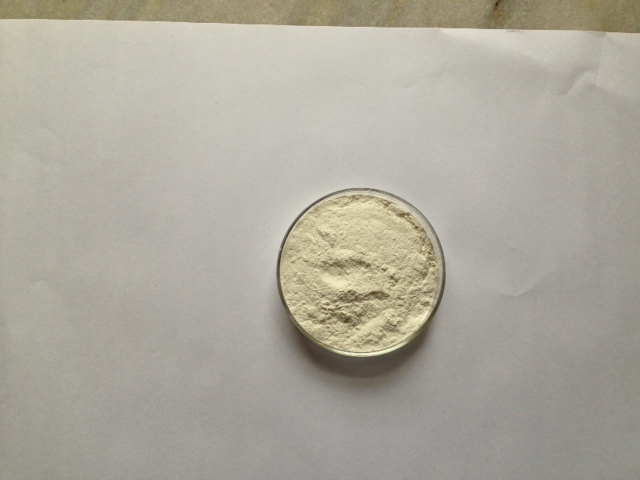 Guar gum for textile printing plays a major role in printing textiles. They are made of macromolecules and they are capable of absorbing water to create a sticky paste adding color value to the textile.
Guar gum for textile printing plays a major role in printing textiles. They are made of macromolecules and they are capable of absorbing water to create a sticky paste adding color value to the textile.
The hydrocolloid is the most popular ingredient in making a highly concentrated thickener which produces off white powder. It is a by-product of guar beans that are milled and properly threshed out to produce. As for textiles, guar gum is an efficient printing thickener because of high presence of galactose which is soluble and good stabilizer. It has high viscosity level compared to xantham gum and high solubility as compared to the locust bean gum.
Gum slurries are formulated to produce liquid gel concentrated after hydrated for minutes and they are mixed with surfactant and other substances to come up with a guar gum for textile printing.
Carboxy methyl tamarind is another textile thickener which is a derivative of polysaccharide and 20 % ash content and 9 % moisture content. It is multipurpose thickener that is helpful in numerous applications for different types of materials such as cotton or vat dying.
Conclusion
Textiles cannot achieve perfect color without the aid of disperse printing thickeners which are composed of macromolecules and their ability to absorb water. There are four processes in making thickeners and manufacturing companies use various derivatives to produce high quality pastes such as gum, carboxymethyl guar gum and tamarind kernel powder. Guar gum printing thickener is multipurpose because it is also applied on cosmetic products and chemical solutions. For more information please visit: https://www.altrafine.com
This Article has been written & posted by Ajit Patel.






